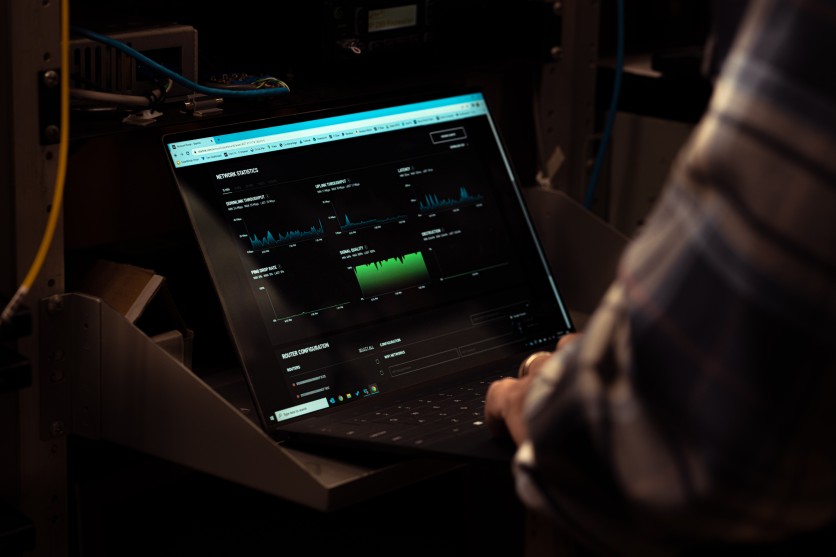
SpaceX has quietly rolled out its most affordable Starlink Internet plan yet, lowering the entry cost for satellite broadband to $40 per month (£30). The new option, called Residential 100Mbps, promises unlimited data and no upload limits, but there is a major trade-off—users will need to accept slower speeds and limited availability.
Starlink's Cheapest Plan Yet
The $40 monthly plan is a significant reduction from Starlink's existing pricing tiers in the United States. The standard Residential plan currently costs around $120 per month (around £90), while Residential Lite is priced at $80 (£60). The new 100Mbps plan offers the same satellite connectivity at a lower rate but caps download speeds at 100Mbps.
According to SpaceX, the plan is 'designed as a simpler option for smaller households that don't require the higher throughput of Residential Lite and/or Residential service'. This makes it ideal for light users—such as small families or individuals—who mostly browse the web, make video calls, or stream HD content rather than 4K videos or large game downloads.
Despite the speed limit, the plan includes unlimited data, and SpaceX has confirmed there are no restrictions on upload speeds. That balance could appeal to users who want dependable internet access without paying for the extra performance that heavy users demand.
Who Can Get It?
At present, Starlink's Residential 100Mbps plan is only available in select parts of the United States. As reported by PCMag, users on Reddit and screenshots shared by computer science professor Jianping Pan from the University of Victoria indicate that the plan has been offered in states such as Nebraska, Minnesota, and Nevada.
Starlink's official website also hints that existing subscribers might be able to switch to the new tier, but only 'if it appears as an available option in their account'. This limited rollout suggests SpaceX is testing demand or managing network congestion in certain areas before expanding the offer nationwide.
Starlink's interactive coverage map shows that the service's availability varies depending on location, with areas of heavy demand sometimes restricted to higher-priced tiers. In places with less congestion, users could soon see the $40 plan as a selectable option when checking service availability.
Competing with Traditional ISPs
The introduction of a $40 tier is a strategic move to make Starlink more competitive with traditional internet service providers (ISPs). Many terrestrial ISPs charge around $80 per month for similar download speeds, but their coverage is limited to urban or suburban areas.
By contrast, Starlink's satellite-based system can deliver service to rural and remote locations where fibre or cable options are scarce or unavailable. For residents in these areas, even a 100Mbps connection can represent a major upgrade over older technologies such as DSL or fixed wireless.
The catch is, SpaceX warns that the lower-priced plan 'is not designed for heavy users or large households with multiple simultaneous high-bandwidth activities'. That means the plan may struggle to handle multiple 4K streams, large game downloads, or other data-intensive tasks.
The Bigger Picture for Starlink
The launch of the new 100Mbps plan follows a year of aggressive pricing changes and hardware discounts from SpaceX. In July, the company surpassed two million active customers in the US, cementing its place among the country's top internet providers.
By introducing a cheaper plan, Starlink aims to reach users who may have previously found its service unaffordable. If the rollout expands nationwide, the $40 plan could help SpaceX strengthen its foothold in the broadband market and close the gap with major ISPs in both pricing and reach.
Originally published on IBTimes UK
© Copyright IBTimes 2025. All rights reserved.




